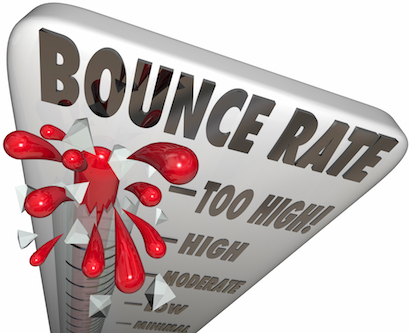Many people believe that if they remove non-existent addresses from their mailing lists that their lists will make it to the inbox without a problem. In fact, an entire industry has grown up around the idea that sending mail to valid addresses can never be spam. This isn’t true, of course, spammers use many of the same techniques legitimate mailers do to clean their lists.

I don’t think it’s much of a secret that I don’t have time for many of the data hygiene companies. I think they are selling something that the vast majority of companies don’t need. Furthermore, at least in the beginning, many of them actively abused mailbox providers to gather the data they were selling.
Why did data hygiene become such a thing? Because one way that mailbox providers could identify spam is to look at the number of non-existent email addresses a particular IP was attempting to send to. Too many non-existent email addresses from an IP, and the IP was blocked and mail from that IP went to the bulk folder or was discarded.
There are multiple fallacies all wrapped up in the data hygiene business model.
Fallacy 1: Spam never has a low bounce rate. This is untrue. In fact, spammers were some of the first groups to clean lists of bounces. Some of the early data hygiene companies even grew out of spammers offering services to other spammers.
Fallacy 2: Spam always has a high bounce rate. See above.
Fallacy 3: Filters act on mail with high bounce rates, so if I take off bad addresses then my mail will get to the inbox. Attempting to send mail to non-existent addresses is not, inherently, a bad thing. It happens, in the days before address books it was actually pretty common. The issue is that a list with lots of non existent addresses on it often lacks permission.
The bounces are not the problem. The problem is all the other addresses on the list that never asked for the mail. And this is the reason I have such a problem with the majority of data hygiene companies. Their business model is to remove all signals that a list might be bad, without actually doing anything to make the list good.
Most data hygiene is a waste of money. There are better ways to ensure a good quality list that don’t involve handing over address list to third parties.

 RSS - Posts
RSS - Posts
If I may, regarding your prior to last sentence, I think you meant “data hygiene vendors/products”. Data hygiene is important, but, and I fully agree with you for the rest of the post, data hygiene should not be a goal in itself, it’s a symptom.
A (very) bad list, with a very high ratio of hard bouncing addresses (and even dead domains) is a red flag in itself. Cutting down the flag pole doesn’t mean the hurricane stops coming.
Marketers who take care of their data sources (subscription form, double optin etc.) and marketing/sending practices (inactive treatment, bounce processing, unsubscribes etc) will have both good data AND good deliverability.
Buying from list hygiene vendors will not net you either one of those (especially not the second one).
TL;DR: just adding my 2 cents to another spot on post from Laura, don’t try to paint over a crumbling wall.